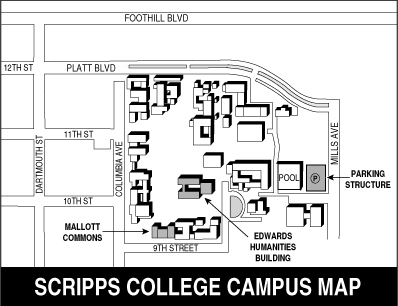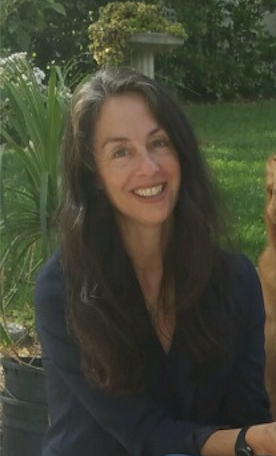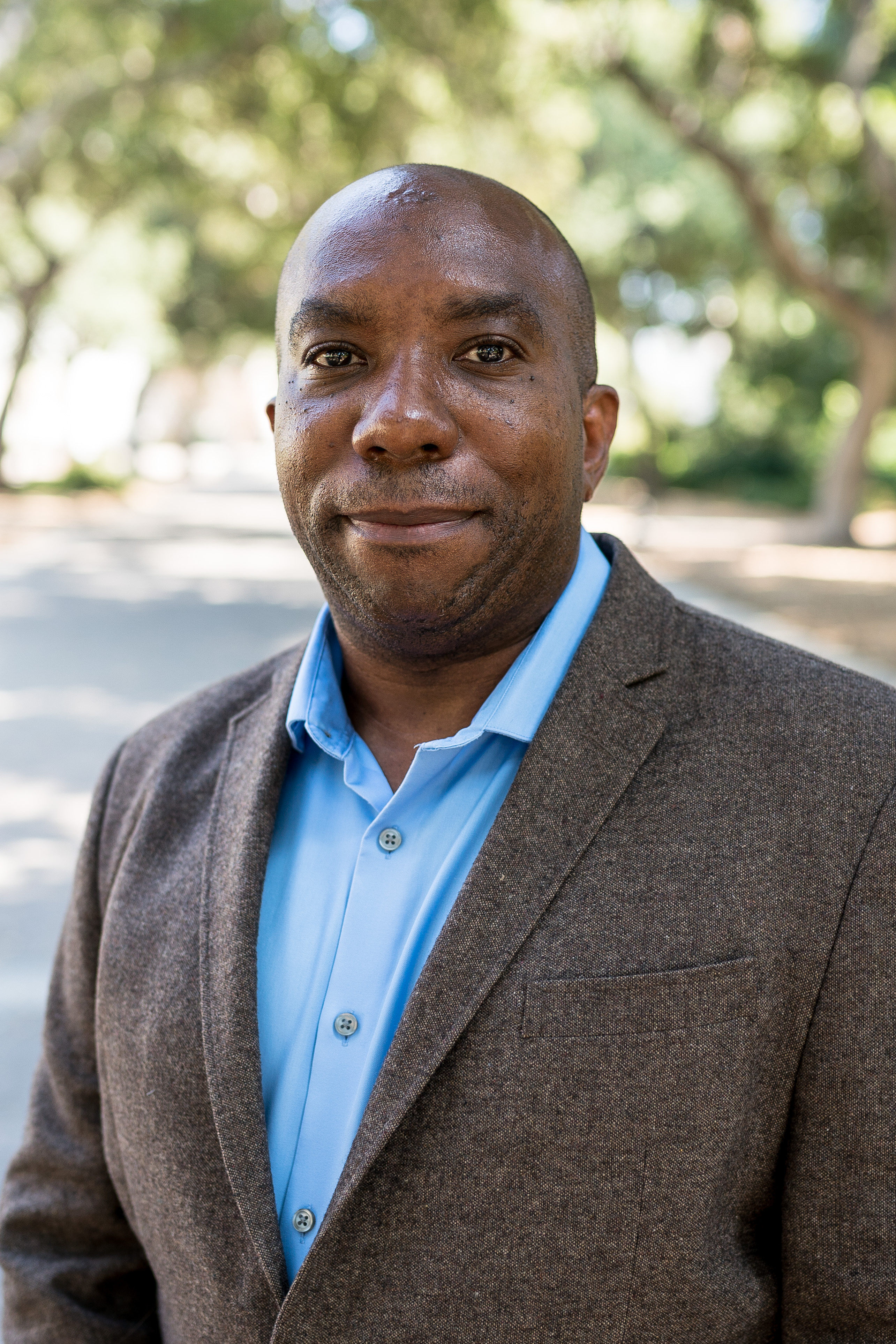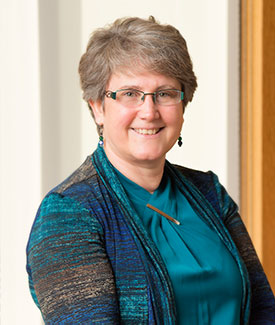Register
On-line Pre-registration is now closed. You can still attend the conference by registering on-site before 11:30am.
Fall 2018 SoCal-Nev Section Meeting
Scripps College, Claremont, CA (Directions and Map)
Saturday, October 27, 2018
Program
- 8:30-11:30 Registration
Edwards Humanities Building Courtyard - 8:30-10:45 Refreshments
Edwards Humanities Building Courtyard
- 9:30-10:30 Invited Address by Stacy Brown, Cal Poly Pomona
Birds of a Feather? An Exploration of the Relationships Between Equity-Orient Instruction and Inquiry-based Learning
Edwards Humanities Building Auditorium - 10:30-10:45 Break
- 10:45-11:45 Invited Address by Carol Schumacher, Kenyon College
Fast forward, slow motion: A graphical link between fast and slow time scales
Edwards Humanities Building Auditorium - 11:45-12:00 Section Business Meeting
Edwards Humanities Building Auditorium - 12:00-1:00 Lunch
Mallott Commons, Hampton Dining Room - 1:00-2:00 Invited Address by Edray Goins, Pomona College
Clocks, Parking Garages, and the Solvability of the Quintic: A Friendly Introduction to Monodromy
Edwards Humanities Building Auditorium - 2:00-3:30 Refreshments
Edwards Humanities Building Courtyard - 2:15-3:35 Faculty and Student Contributed Paper Sessions
Call for contributed papers
Edwards Humanities Building, Rooms to be announced
Organized by Francis Bonahon, University of Southern California
Directions and Maps
Scripps College is in Claremont, California. For local maps and directions, see the campus website at www.scrippscollege.edu/map/.
Conference attendees can use the code 6791# to park for free in the parking structure on Mills Avenue indicated on the map below. Meeting participants can also park for free along the streets: in particular 10th Street and 11th Street are in close proximity.
Registration, and refreshments will be in the courtyard of the Edwards Humanities Building. The first invited address will be in the Edwards Humanities Building Auditorium.

Register
On-line Pre-registration is now closed. You can still attend the conference by registering on-site before 11:30am.
Registration Fees
| Registration only | |
| Nonmember | $50 |
| MAA Member | $45 |
| Student | $15 |
Box Lunch
Each lunch includes a sandwich, chips, dessert {cookie or brownie}, salad {pasta salad, potato salad, or cole slaw} and a drink {water, soft drink or diet soft drink}. The sandwich choices are:
|
|
| Add lunch | $13 |
On-site registration will be available for the meeting, but will be $5 more than the pre-registration charge. We will only be able to accept check or cash payment on-site. There are some lunches still available.
Register on-line
On-line registration is now closed. Please plan to register on-site at the meeting.
Stacy BrownCal Poly Pomona
|
Dr. Brown is an associate professor of mathematics in the department of mathematics and statistics at California State Polytechnic University, Pomona (Cal Poly Pomona). She is the past-Coordinator of the MAA’s SIG for Research in Undergraduate Mathematics Education (RUME) and the current co-director of the California Mathematics Project at Cal Poly Pomona (CMP@CPP). Her research focuses on student learning of advanced mathematical topics, with specific emphasis on the learning of logic and the practice of proving in diverse classrooms.
|
Birds of a Feather? An Exploration of the Relationships Between Equity-Orient Instruction and Inquiry-based Learning
What is Equity-Oriented Instruction? What is Inquiry-Based Learning? How are these pedagogies related? Is Inquiry-Based Learning a form of Equity-Oriented Instruction or vice-versa? Are the pedagogies’ basic tenets consistent? In this talk, I will explore these questions. Specifically, drawing on data from teaching experiments conducted in IBL-Introduction to Proof courses, Boaler’s (2002) model of the inter-relationships between knowledge, identity and practice, Pickering’s (1995) ‘dance of agency,’ Gutiérrez’s (2009) dimensions of equity, and Bourdieu’s (1984) notion of habitus, this talk explores why intentional attention towards the critical axis of equity – that which links identity and power – is necessary, if Inquiry-Based Learning pedagogies are to promote equitable learning environments.
Edray GoinsPomona College
|
Edray Herber Goins grew up in South Los Angeles, California. The product of the Los Angeles Unified (LAUSD) public school system, He attended the California Institute of Technology, where he majored in mathematics and physics, and earned his doctorate in mathematics from Stanford University. |
Clocks, Parking Garages, and the Solvability of the Quintic: A Friendly Introduction to Monodromy
Imagine the hands on a clock. For every complete the minute hand makes, the seconds hand makes 60, while the hour hand only goes one twelfth of the way. We may think of the hour hand as generating a group such that when we “move” twelve times then we get back to where we started. This is the elementary concept of a monodromy group.In this talk, we give a gentle introduction to a historical mathematical concept which relates calculus, linear algebra, differential equations, and group theory into one neat theory called “monodromy”. We explore lots of real world applications, including why it’s so easy to get lost in parking garages, and present some open problems in the field. We end the talk with a discussion of how this is all related to solving polynomial equations, such as Abel’s famous theorem on the insolubility of the quintic by radicals.
This will be a multimedia presentation.
Carol SchumacherKenyon College
|
Carol Schumacher is Professor of Mathematics at Kenyon College and has served three terms as department chair. She received her Ph.D. in mathematics from The University of Texas at Austin. Schumacher is the recipient of Kenyon's Trustee Teaching Award and of the Ohio Section MAA’s Distinguished Teaching Award. She is the author of Closer and Closer: Introducing Real Analysis and Chapter Zero: Fundamental Notions of Abstract Mathematics, 2E. Schumacher is active in the Mathematical Association of America. She was co-chair of the 2015 CUPM Curriculum Guide to Majors in the Mathematical Sciences and is MAA VP. She has addressed Project NExT fellows at their summer workshop and has been involved with workshops that help faculty incorporate inquiry into their classrooms. |
Fast forward, slow motion: A graphical link between fast and slow time scales
The world is shaped by interactions between things that develop slowly over time and things that happen very rapidly. Picture a garden. A bud takes hours to open up into a flower. A bee takes seconds to fly in, pollinate the flower and then depart. It can be difficult to fully consider both fast and slow time scales at the same time---yet it is the interaction between these events that makes the garden work. Mathematicians have developed a number of techniques for analyzing systems that include both fast and slow time scales. We will consider a graphical method for predicting what happens when fast and slow interact.Call for Contributed Papers
You are invited to submit abstracts for the Contributed Paper Session of the Fall 2018 Section Meeting of the MAA, taking place on Saturday, October 27, 2018 at Scripps College. The talks will each be 15 minutes with a 5-minute question and transition period.
These sessions accept contributions in all areas of mathematics, including research and pedagogy, and all complete proposals will be considered. The selection of talks will be based on interest to the expected audience, on common themes with other submissions, and on scheduling constraints.
Applications to present in the contributed paper session are submitted online and are due by 12 noon on Wednesday October 10 17, 2018. Applications include submitting an abstract (max 180 words) preferably using the specified LaTex template given in the example below (downloadable tex file of sample, compiled pdf version of sample). Only the items between \begin{document} and \end{document} need to be submitted.
\documentclass{article}
\newcommand{\presenter}[1]{\par\textbf{Presenter(s):}\ #1}
\newcommand{\others}[1]{\par\textbf{Other Author(s):}\ #1}
\renewcommand{\title}[1]{\par\textbf{Title:}\ #1}
\renewcommand{\abstract}[1]{\par\textbf{Abstract:}\ #1}
\newcommand{\theme}[1]{\par\textbf{Talk theme(s):}\ #1}
\newcommand{\audience}[1]{\par\textbf{Audience:}\ #1}\begin{document}
\presenter{Robben Teuffel and Robert Aroutiounian, CSU Channel Islands}
\others{Research advisor: Dr. Kathryn Leonard, CSU Channel Islands} %if applicable
\title{Skeletal Shape Modeling of the Corpus Callosum: Geometry-Based Classification for Automated Schizophrenia Diagnosis}
\abstract{Diagnosing schizophrenia is currently a process of trained symptom observation and individual interpretation by doctors. The objective of this research project is to automate diagnosis by using machine learning algorithms to categorize MRI-scanned brain images as healthy or schizophrenic based entirely on shape information of the corpus callosum. We utilize a skeletal shape model called the Blum medial axis (BMA) to capture local symmetries within the boundary curves of our corpus callosum images. We then extract the most visually salient path through the BMA with a depth measure called the Extended Distance Function to (1) decompose the BMA into three subparts associated with the genu, body, and splenium of the corpus callosum, and (2) compute the curvature of a one-dimensional representation of the boundary curve of the corpus callosum. Additionally, to quantify the observed size difference of the genu, we compute Shape Tubularity, which measures the tube-like qualities of shape parts. Finally, we apply supervised and unsupervised learning techniques to these features to distinguish between healthy and schizophrenic brain images.}
\theme{Applied Mathematics}
%Choices include Education/Pedagogy, History/Philosophy of Mathematics, Interdisciplinary Topics, Probability/Statistics, Geometry, Analysis, Number Theory, Graph Theory/Combinatorics, Algebra, Applied Mathematics, Topology, Linear Algebra, etc.
\audience{Linear Algebra and Multivariable Calculus (some data science knowledge will help)}\end{document}
Need access to latex to see if your abstract compiles? Overleaf.com is a cloud based latex program with a free registration. There are other options as well.
The application to present DOES NOT constitute registration for the conference. Presenters will be notified of their acceptances by Wednesday October 17 Friday Oct 19 . Presenters should register for the meeting online by Monday October 22 at 5:00pm.
The Student Resources page of the MAA website has useful articles about writing an abstract and giving presentations. Be sure to check it out for helpful tips!
Direct questions to Francis Bonahon (fbonahon at usc.edu).